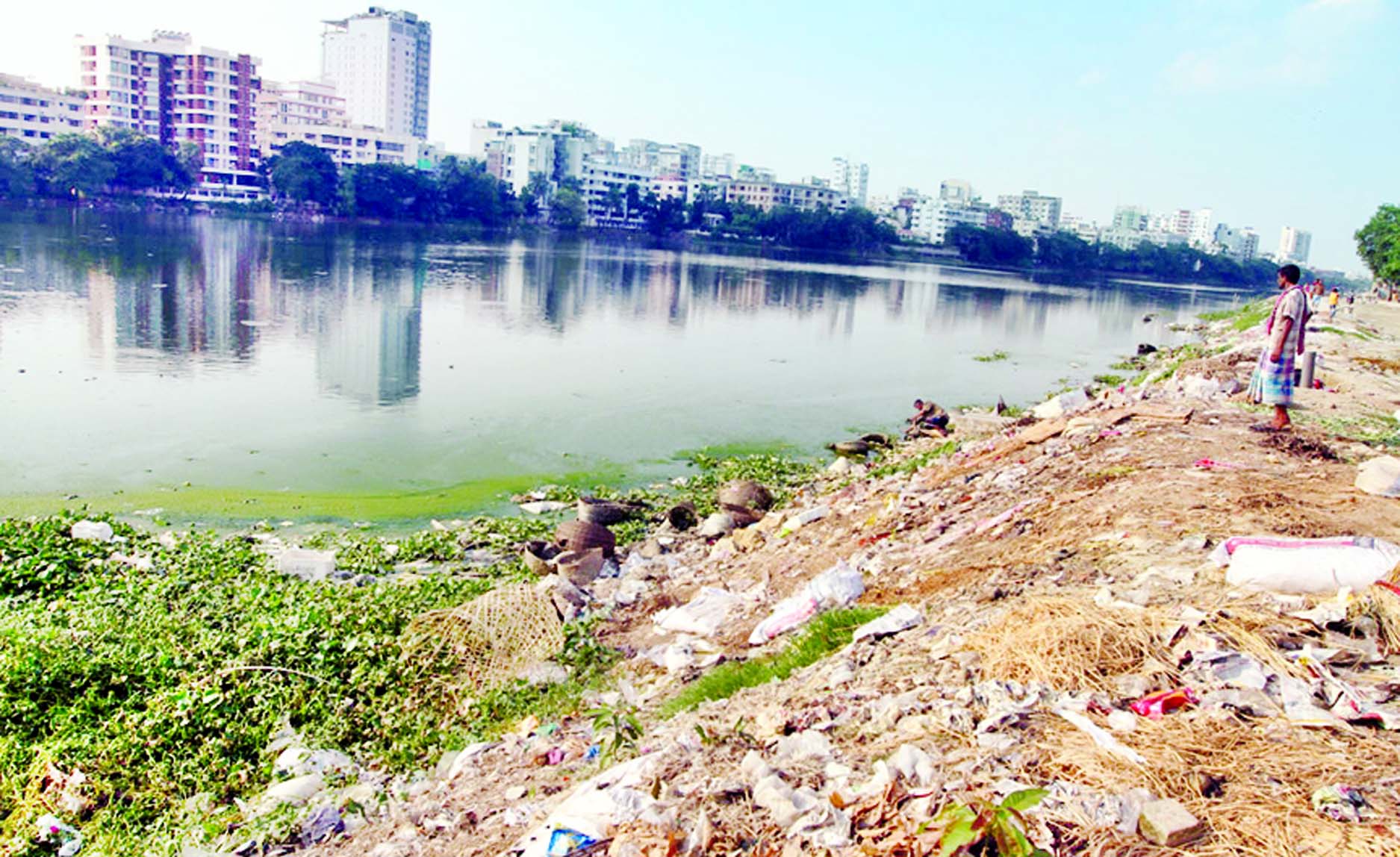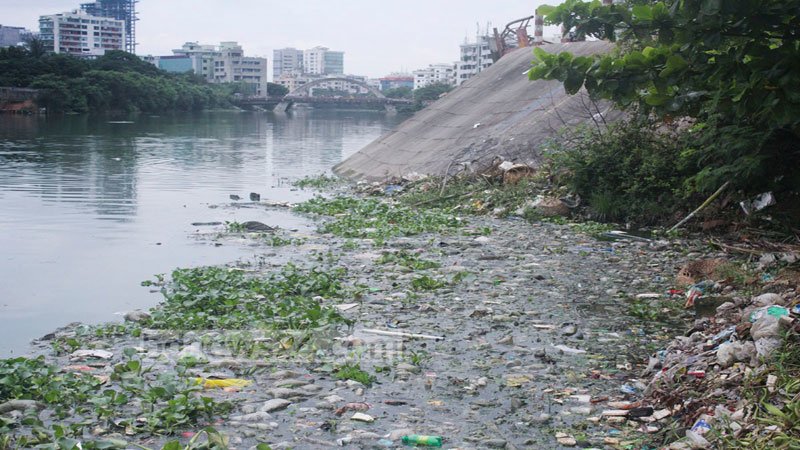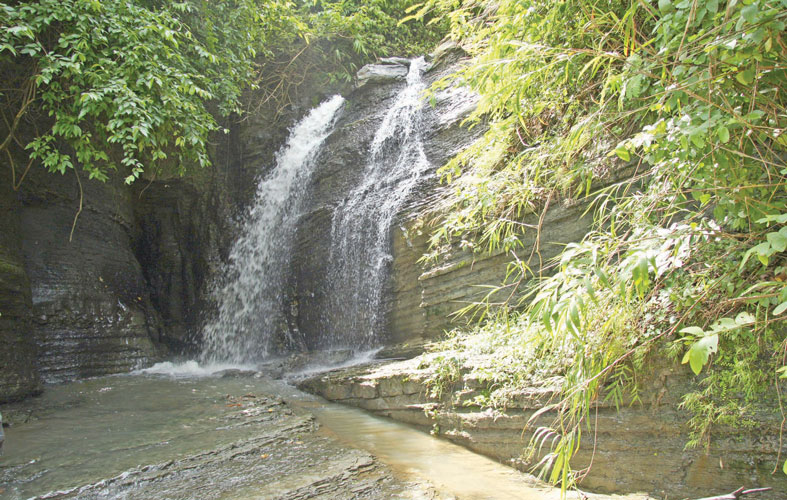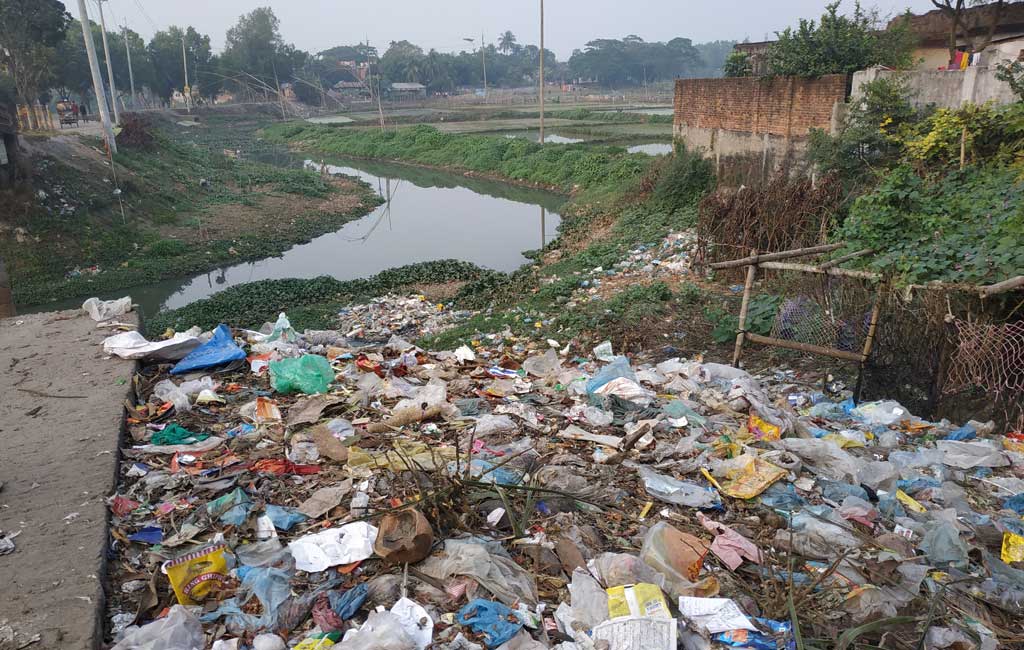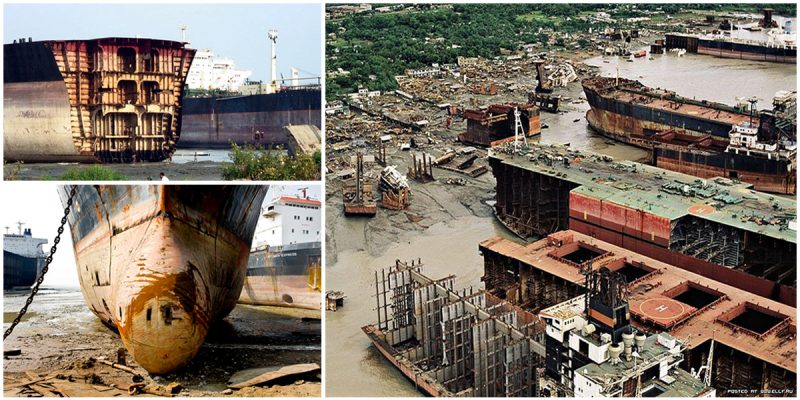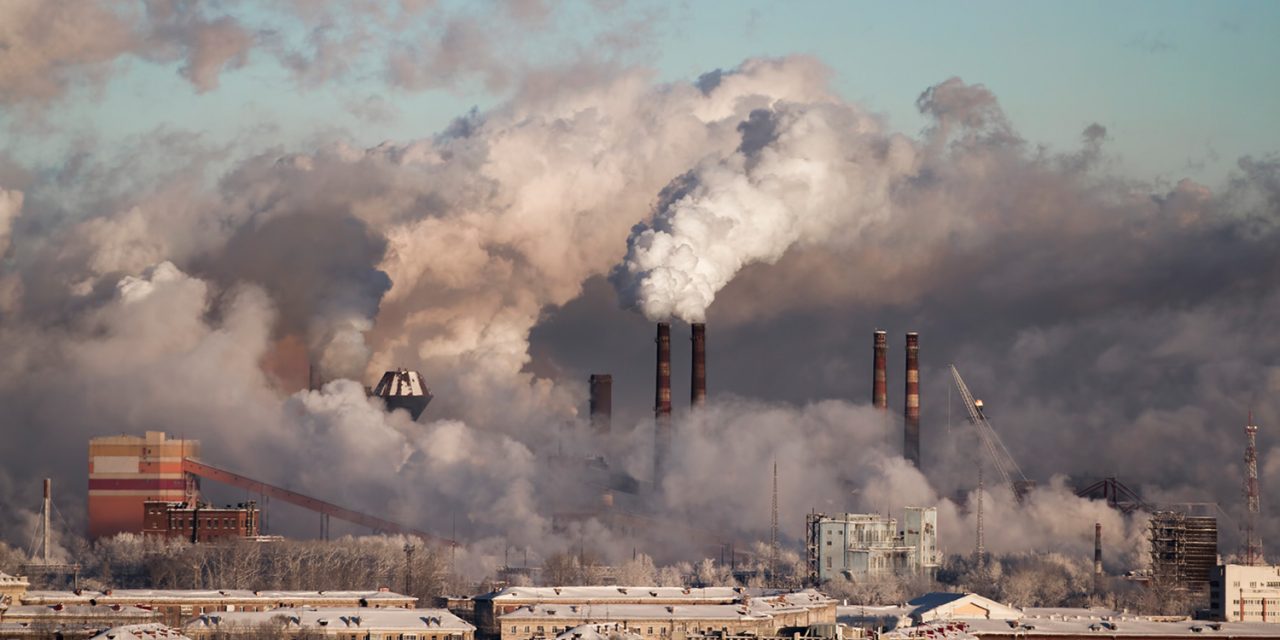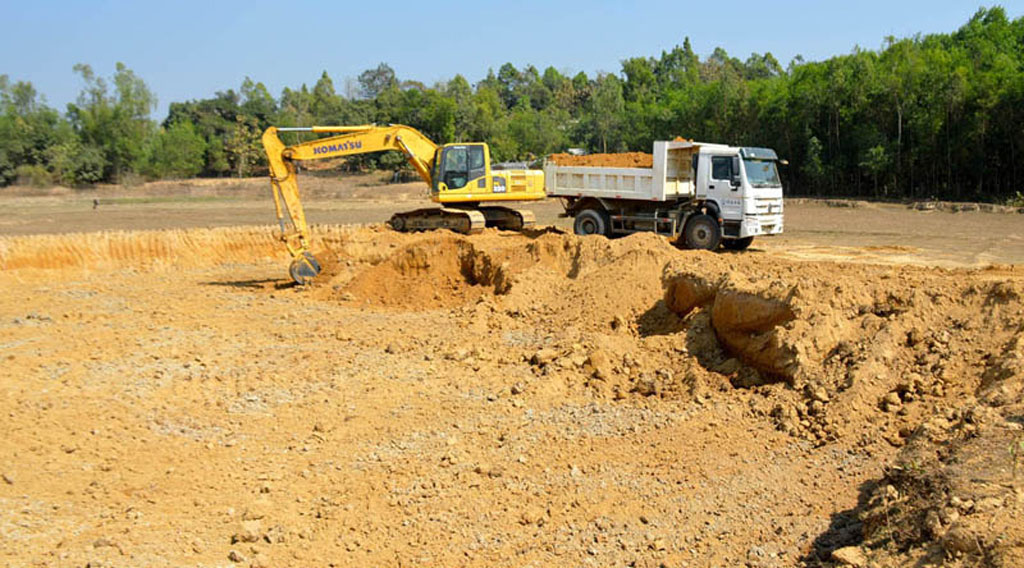The cigarette manufacturers’ organization Bangladesh Cigarette Manufacturers Association (BCMA) has already started a strong lobbying campaign in the Ministry of Finance (MoF) to hinder the finalization process of the National Tobacco Control Policy (NTCP) 2019. On 15 September 2019, the organization sent a letter to the Finance Minister, with copies sent to Finance Secretary, Health Services Secretary and Chairman of National Revenue Board (NBR). In the letter, the association presented a series of unsubstantiated and fictitious explanations and ‘reasoning’ against the proven and highly effective tobacco control measures that the draft NTCP contains including the abolishment of government partnership in tobacco companies, the banning of foreign direct investment in the tobacco sector, banning of emerging tobacco products, increasing the size of Graphic Health Warning (GHW) on tobacco packaging, the introduction of plain packaging, increasing tobacco taxes and prices as well as introducing specific excise taxes.
The sole purpose of BCMA’s strategy here is to bring forth the issue of tobacco revenue in order to intimidate and manipulate the MoF and eventually impair the finalization of NTCP. Previously, the tobacco companies launched a concerted media campaign to disrupt the inter-ministerial meeting on NTCP.
BCMA in its letter mentioned Bangladesh as one of the countries with high tobacco taxes. The reality is quite the contrary as the price of cigarettes in Bangladesh is one of the cheapest in the world. Average price of cheapest cigarettes is more than twice in India than it is in Bangladesh. According to a 2016 World Health Organization (WHO) study, with the exception of Myanmar, Nepal and Indonesia, Bangladesh has the cheapest cigarette prices in the South and South-East Asian region.
As a result, it is evident that there is no alternative to increasing this ‘cheapest’ price by introducing specific taxes on tobacco products. In the letter, BCMA could not but mention its favourite fear-mongering story that if, by sheer chance, the authority manages to increase the tobacco taxes substantially, it would result in widespread tax evasion and huge influx of illicit cigarettes, eventually causing the govt a massive revenue loss. The fact, as always, contradicts with BCMA’s claim.
The report ‘A Global review of Country Experiences’, published in February 2019 by the World Bank, has found out that the increase in tobacco taxes has barely any relation with illicit trade of cigarettes and the percentage of illicit trade of tobacco in Bangladesh stands at merely 1.8 percent, the lowest in 27 countries. BCMA also claimed that the plain packaging strategy of tobacco control is ineffective in curbing the use of tobacco products. But in reality, till today, more than 16 countries in the world, including Australia, Canada, Belgium, Hungary, Turkey, Saudi Arabia, Thailand, Singapore, have introduced plain packaging in their tobacco control mechanism after realizing its impact.
Even our neighboring countries, Srilanka and Nepal are also working on implementing plain packaging soon. In Plain Packaging, tobacco companies cannot attach any promotional messages in the packets of tobacco products. It also boosts the effectiveness of GHW on tobacco packs. Currently, GHW messages covers the lower 50 percent of all tobacco packs in Bangladesh whereas it is 90 percent in Nepal, 85 percent in India and Thailand, 80 percent in Sri Lanka. BCMA also emphasized on retaining the govt. shares on tobacco companies, claiming that it is important for revenue earning and minimizing public health risk. Again the reality is that the govt.’s shares in multinational tobacco companies and the presence of govt.
Officials in the Directors’ Board give the companies an unprecedented opportunity to infiltrate the policymaking process and interfere in tobacco control strategies. BCMA also stood against the proposed policy of banning foreign direct investment in the tobacco industry claiming that such investment creates employment opportunities which is undoubtedly ridiculous laughable. The truth is that Bangladesh, a country where 49 percent of its population is youth, appears as a tantalizing market for expanding tobacco business. The country is currently going through the ‘Demographic Dividend’ stage as the working-age population is larger than its dependent population.
However, the high prevalence of tobacco use can lead this generation to premature death and loss of productivity and vitality. BCMA’s letter also presented electronic cigarettes, vaping, heated (IQOS) tobacco products as ‘safe alternatives’ to traditional cigarettes and advised against banning these products. Tobacco companies produce and market these products targeting the youth and children.
Due to innovative marketing and attractive designing of these products, it has already gained much popularity among school-going children and adolescents. The widespread prevalence of emerging tobacco products has already taken a deadly turn in Europe and the U.S. Bangladesh is yet to experience such widespread use of these items though the numbers are rising up. Thailand, Singapore and some 40 countries have already banned e-cig and vaping products.
It should be mentioned that tobacco claims more than 126,000 lives each year in Bangladesh and incurs a financial loss of more than Taka 30,560 cr. due to the illness and deaths, it causes. Realizing the extent of loss caused by tobacco use, the Hon.
Prime Minister declared her vision of transforming Bangladesh into a tobacco-free country by 2040 and in 2016, the Ministry of Health and Family Welfare (MoHFW) started formulating National Tobacco Control Policy to reach the goal. As a party to the Framework Convention on Tobacco Control (FCTC) of WHO, Bangladesh is officially committed to safeguarding its tobacco control policies and measures from the vested interests of the tobacco industry.
So the govt must stay clear of the influence and interference of tobacco companies and finalize and implement the National Tobacco Control Policy as soon as possible.
Source: Press release from PROGGA (Received by E-Mail of bdenvironment.com)



